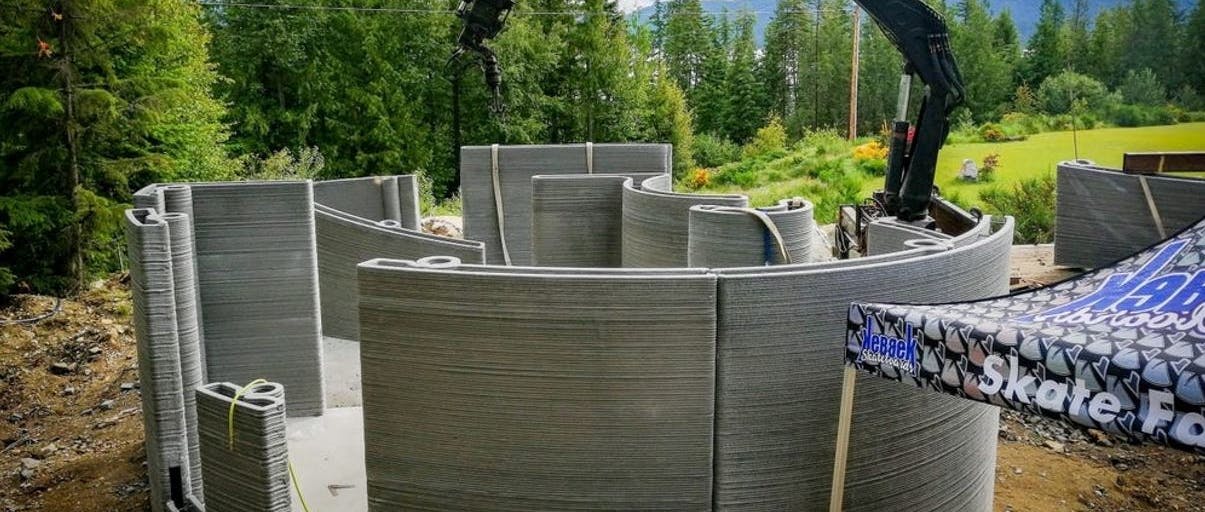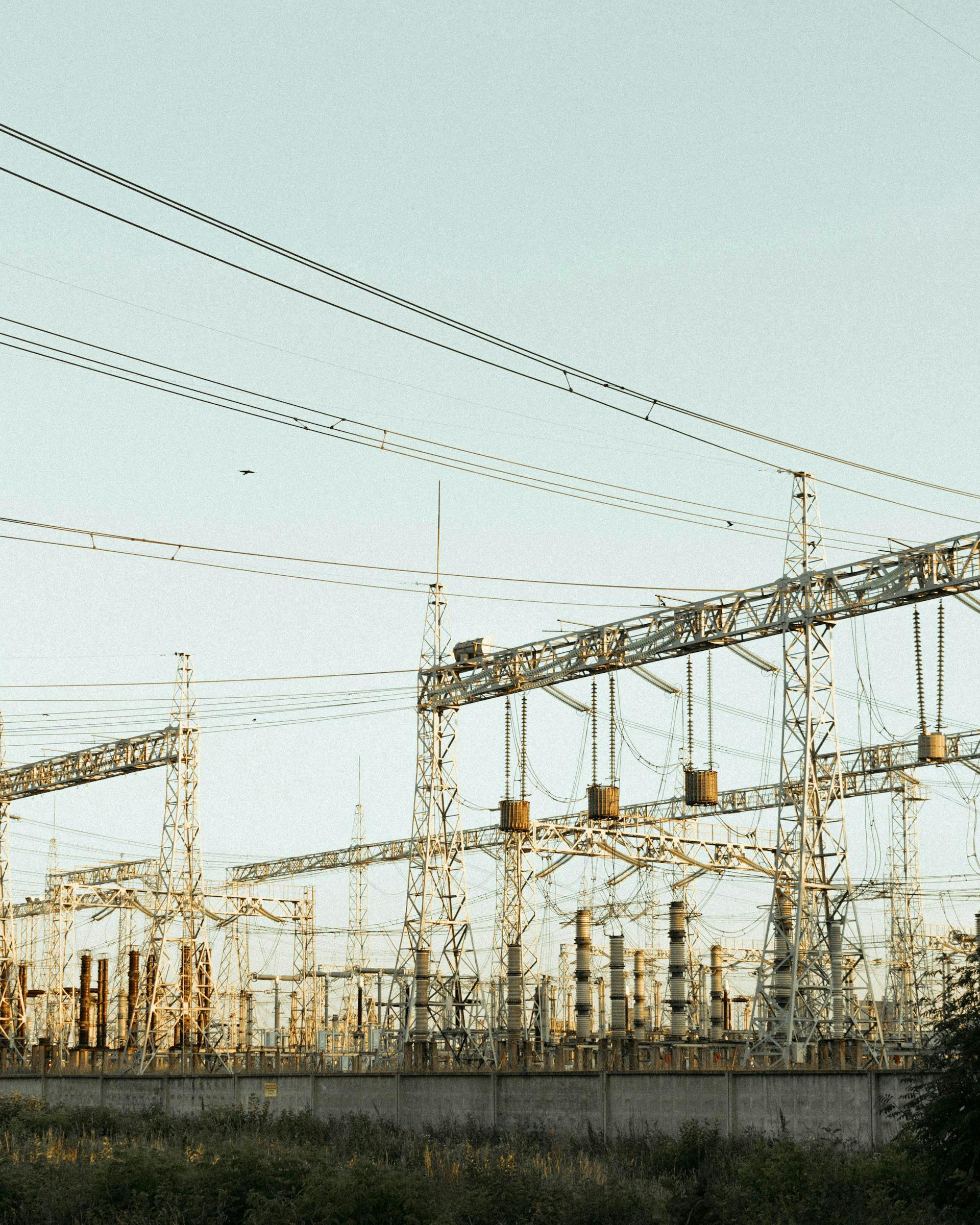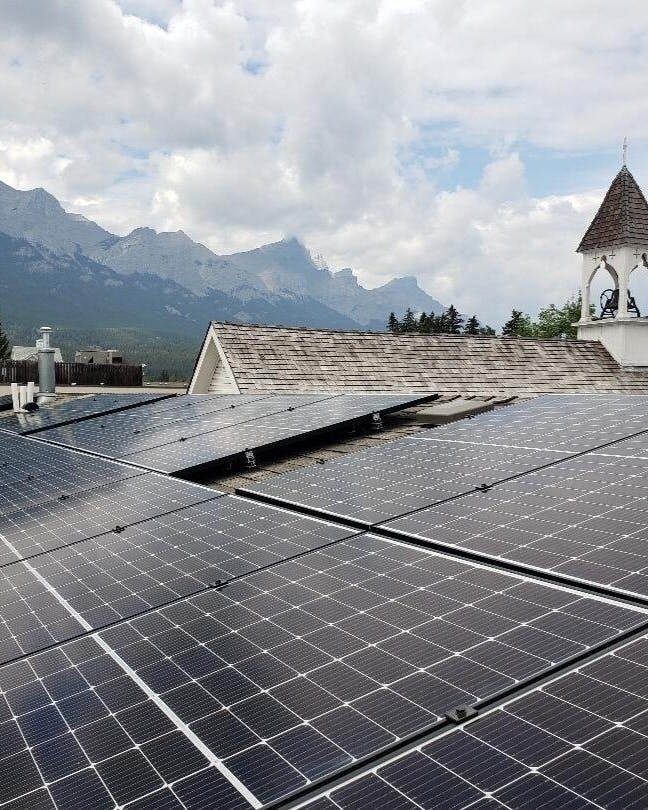3D printed homes to reduce GHG emissions
Edmonton
Climate Resilience & Emissions Reduction

Innovations in building materials and new construction technologies must be utilized in order to control the GHG emissions released in the construction of our city's ever-growing housing supply. Green Violin’s innovation is to replace high-carbon footprint cement in their concrete mixes with low-carbon alternatives and then to utilize rapid construction through 3D Concrete Printed House technology. They built and demonstrated Edmonton's first 3D Printed Concrete House. This demonstration unit paved the way (no pun intended) to a brighter, greener future for cities to have cleaner, more energy-efficient housing options for everyone to call home.
The goal of 3D printing a concrete house with an alternative green concrete material and then comparing the performance of the printed house with a conventional stick-framed house was met with several barriers that required their team to pivot several times throughout their research project. The first lesson learned early in their research was that the cost and the specialized nature of 3D concrete printers were a barrier to entry into this type of construction. They are expensive, in short supply and in a constant flux of research and development themselves. The purchase of the machine, the leasing of a machine or the renting of time to use a machine all proved to be too expensive to be contained within the budget of the project or were unavailable options within the timeframe.
The second lesson was that the whole industry of green concrete materials was in a state of research and that the quantities necessary to print a test house are unavailable either as a commercial product or as an experimental material.
The third and most important lesson was that scaling this project into the future of housing requires overcoming the following barriers: the expense and complexity of the printer, the lack of large quantities of low-carbon concrete and the incompatibility of the low-carbon concrete material with 3D printing (yet another lesson). Their major finding was that 3D concrete printing continues to advance but is still highly experimental.
The next steps are to get Federal funding dollars for "housing construction innovation" and to demonstrate their business case as an Indigenous Housing Solution. They will also use all of their experience from the Alberta Ecotrust project to demonstrate that they have a thorough understanding of the state of the industry, what they need, and what the process for scaling up housing inventory would be. By focusing on Indigenous Housing needs and by having a prototype to showcase, they will then parlay their prototype into further funding for Indigenous Housing to keep expanding the program and to start printing real houses to make a difference in rural Indigenous housing supply.
Related projects
Explore a showcase of projects that we've funded.



